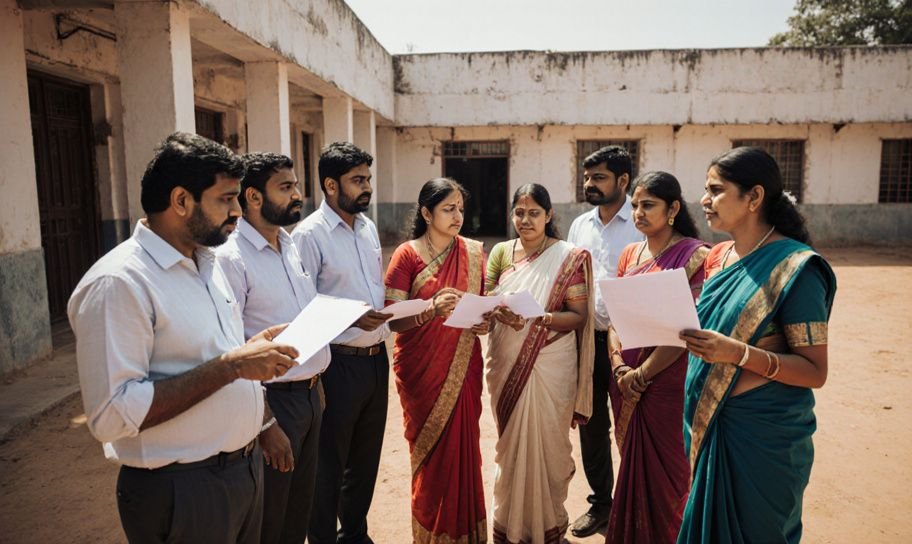
Summary: A recent court ruling addressed multiple requests from teachers in Maharashtra who were upset with government decisions about moving teachers to different schools. The court agreed with the government's decision, highlighting the need for changes in the education system and making sure teachers are placed where they are needed most.
A large group of teachers from Maharashtra went to court against the state government. They were unhappy about the new rules that could move them to different schools, affecting their job security and personal lives. The teachers argued that these moves went against their rights and the rules of the Right to Education (RTE) Act.
The case was looked at by Chief Justice Shree Chandrashekhar and Justice Manjusha Deshpande. They listened to arguments from both sides, including experienced lawyers like Mr. S. S. Pakale, who spoke for many teachers.
The government said that the new transfer rules were meant to make education better. They wanted to keep a good balance between the number of students and teachers and make sure teachers were placed where they were needed most. The government assured that no teacher would lose their job; they would just be moved to where they were needed more.
Teachers were worried that: - The transfers didn’t consider how long they had been teaching or their experience. - They could be moved to faraway areas, messing up their personal lives. - The rules were unfair and not clear.
The court sided with the government, saying: - The transfer rules did not break the RTE Act. - The rules were needed for changes in education. - Teachers' jobs were safe; they were just being moved around.
The court also talked about requests for "couple-convenience" transfers, where both partners work as teachers. The court understood these concerns but said that the needs of the schools must come first.
This case sets an example for how education policies can be put into place while thinking about both the needs of the schools and the well-being of teachers.